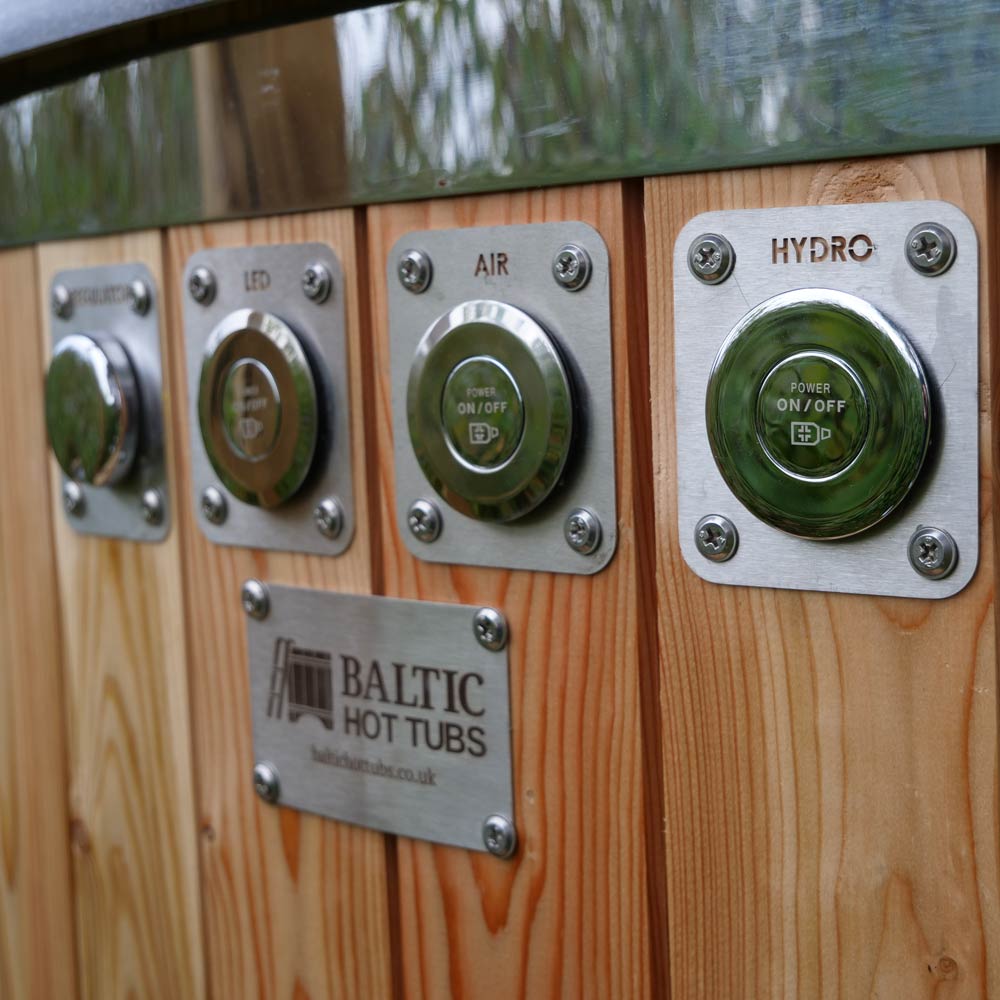Hot tub FAQ's
-
A typical tub warms in 1.5–3 hours depending on size, starting water temperature, and the fuel you use. The ritual of stoking the fire is part of the experience — slow, steady heat that connects you to the process rather than a switch on the wall.
-
Always use kiln-dried hardwoods such as oak, ash, or birch. These woods burn clean, hot, and steady. Avoid resinous softwoods like pine or any treated timber — they spit, smoke heavily, and release harmful chemicals that don’t belong anywhere near your sanctuary.
-
Not necessarily. Many wood-fired tubs use natural convection alone to circulate heat. If you prefer lower maintenance, you can add a simple pump and filtration system — but the beauty of these tubs is they work entirely off-grid if you want them to.
-
If you’re running a natural, chemical-free soak, expect to refresh the water after every few uses. With filtration and treatments, you can extend the cycle. Many warriors prefer the natural route of fresh, clean water that matches the season.
-
Yes. They shine in all seasons, from summer evenings to frosty winter nights. In colder months, simply drain the stove and pipes after use to prevent freezing. There’s nothing quite like fire-heated water with snow on the ground.
-
Keep the tub clean, allow the wood to dry between uses, and re-treat the exterior with a breathable oil or stain once or twice a year. Wood is a living material — it expands, contracts, and settles with the seasons. Respect it, and it will serve you for decades.
-
There are no special hot tub laws, but smoke-control rules apply in some areas. Use dry wood, keep your burn clean, and check your council’s guidance if you’re unsure.







